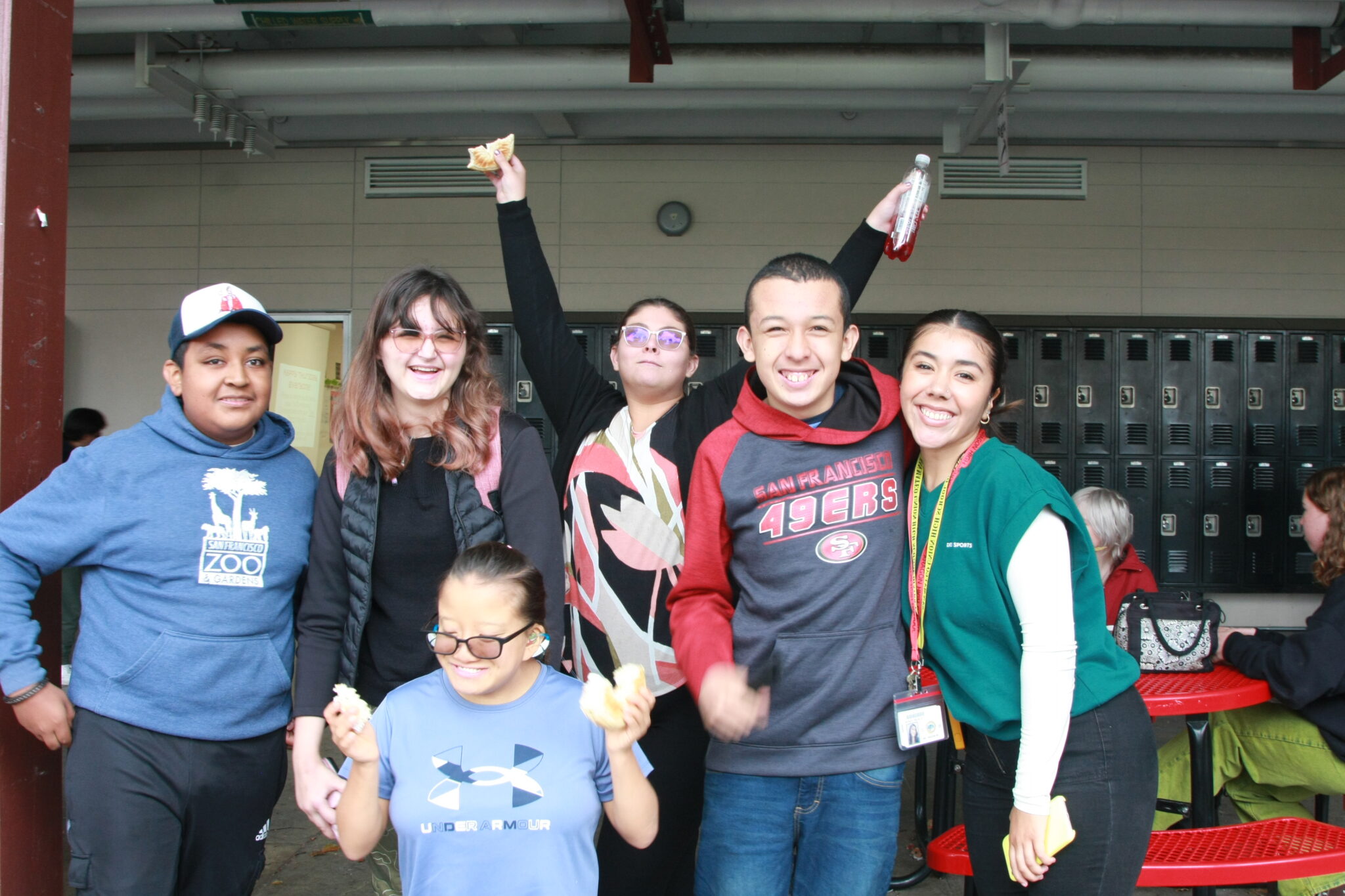
This school year, the Bridging Adults in Youth Academy, a special education program, was introduced to Aragon. The BAY Academy was already in place at Hillsdale, but a need for its expansion prompted it to be brought to Aragon. By expanding the program, enrolled students can now go to their home schools instead of traveling to Hillsdale.
“The aim of this program is to have students [who] have moderate severe disabilities brought back into the Aragon campus and … fully integrate [them] with their peers,” said special education teacher and case manager Derrick Bridger. “It is always our aim to place a student [with their peers,] whether they have a disability or not, and [give them] the most open and enriching environment possible.”
“Some students need greater levels of structure in order to feel safe and be … productive”
The amount of restriction is on a spectrum, ranging from most restrictive to least restrictive. The BAY Academy is considered more restrictive because the majority of a student’s day is spent in one classroom with the exceptions being electives, PE and lunch when they interact with general education peers. However, the amount of restriction is flexible and can be altered to fit each student’s needs.
“Some students need greater levels of structure in order to feel safe and be … productive,” Bridger said. “The [restrictive environments go] from more structured, to provide greater levels of support, to less restrictive where support fade[s] according to each student’s needs. This dynamic is quite fluid and can change from year to year.”
The students follow the general education curriculum, which is then modified to fit them with an Individual Education Program.
Using an IEP, students can participate in language arts, reading, physical education, mathematics, science and social science. They also learn career awareness, life skills, independent living and participate in school electives.
“In each of those settings, our students are provided the means in order for them to participate with their typical peers,” Bridger said. “We might make accommodations, which [could] be reducing the number of problems, but not the complexity. Or we might make a modification … to change the grade level content in order for the student to be able to understand the material.”
“It was a little scary to go from a school of five hundred students or even smaller to a campus with almost two thousand people”
Many of the students came from smaller environments in middle school.
“It was a little scary to go from a school of five hundred students or even smaller to a campus with almost two thousand people, students and faculty included, and that’s sometimes four times the size,” Bridger said. “[The students are] actually adapting quite well … and [are] making friends with other students.”
The BAY Academy has not been experiencing many problems so far.
“It’s going well, but we’re just a fledgling program,” Bridger said. “Some of these programs may take several years to fully integrate and also flower into a full-fledged program [that’s] fully integrated into the campus.”
Program specialist Kristin Lynch hopes to see more connection between general and special education students.
“It would be wonderful to see students becoming teacher aides to support Mr. Bridger and our students,” Lynch said. “Making friendships is such an essential part of high school.”
With the BAY Academy at Aragon, the San Mateo Union High School District will be able to support more students.
